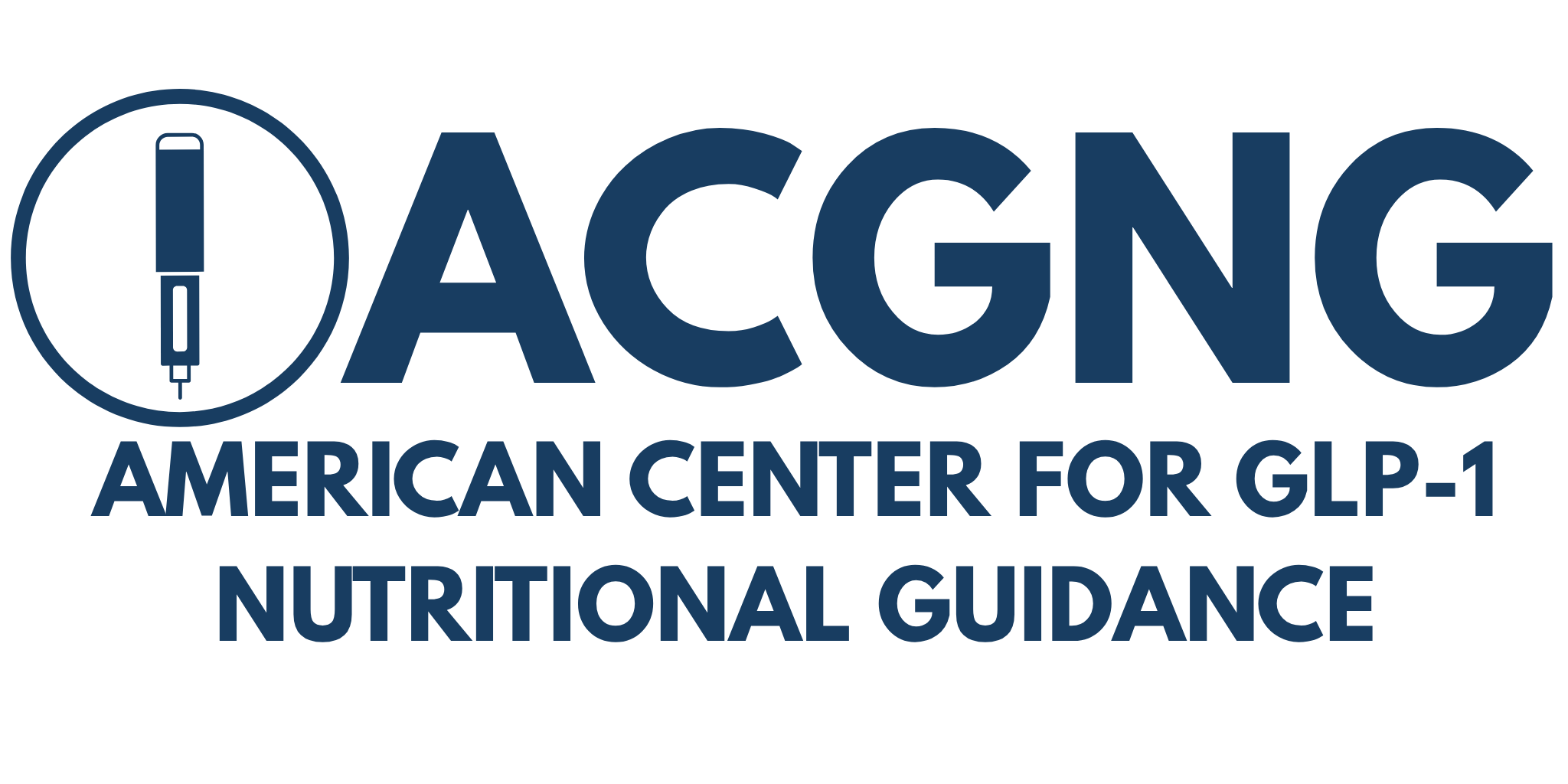Introduction
Whether you’re on a GLP-1 receptor agonist or pursuing weight loss through lifestyle changes alone, healthy eating habits form the foundation of long-term success. These guidelines offer a practical framework for building meals that support satiety, metabolic health, and sustained energy levels.
Components of a Balanced Plate
- Lean Protein (1/4 plate): Supports muscle maintenance, fullness, and metabolic rate. Sources include poultry, fish, eggs, tofu, beans, Greek yogurt.
- Non-Starchy Vegetables (1/2 plate): Low in calories and high in fiber and micronutrients. Examples: spinach, broccoli, zucchini, carrots, peppers.
- Whole Grains or Starchy Veggies (1/4 plate): Offer fiber and slow-digesting carbs. Choose brown rice, quinoa, oats, sweet potatoes, legumes.
- Healthy Fats (small portions): Include avocado, nuts, seeds, olive oil. These enhance flavor and absorption of fat-soluble vitamins.
Meal Frequency & Portion Control
- Eat 2–3 balanced meals per day, based on your hunger and medication response.
- Use smaller plates and mindful eating techniques to avoid overeating.
- Stop eating when comfortably full, even if food remains on the plate.
Macronutrient Goals
- Protein: 0.8–1.2g per kg body weight daily (higher during weight loss or physical activity).
- Fiber: At least 25g per day for women, 30–38g for men.
- Carbohydrates: Emphasize complex, low-glycemic sources to maintain energy and prevent sugar spikes.
- Fats: Focus on mono- and polyunsaturated fats; limit saturated and trans fats.
Hydration Tips
- Aim for 8–10 cups of water per day, especially if appetite is reduced.
- Include fluids between meals, not just during, to avoid filling up too quickly.
- Limit sugar-sweetened beverages and alcohol.
Key Principles to Remember
- Every meal is an opportunity to nourish your body — aim for nutrient density over calorie density.
- Balance and consistency matter more than perfection. No food is “bad” in isolation.
- Build meals that leave you feeling satisfied, not deprived.
References
- USDA Dietary Guidelines for Americans, 2020–2025.
- Academy of Nutrition and Dietetics. “Healthy Eating Patterns.” 2023.
- Harvard School of Public Health. “Healthy Eating Plate.” Updated 2023.
- NIH Office of Dietary Supplements. “Nutrient Needs for Adults.” 2024.
